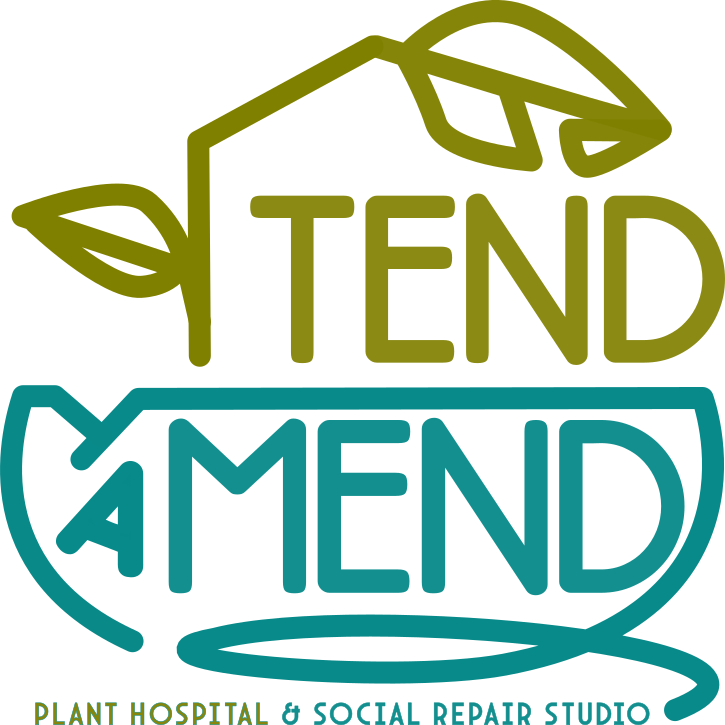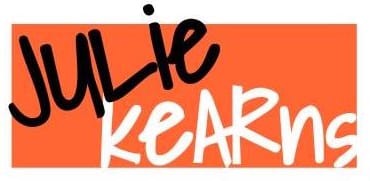Tend, Amend

Overview: A replication-ready packaged system designed to support scalable systems for mainstreaming reuse to support a variety of target markets & purposes. cooperatively owned & operated retail & services community venues established for the specific purpose of supporting hyper-local post-consumer ecosystems.
Participants:
Community members of all ages who seek to participate in the socially networked, organized nurture and repair of both material goods and social fabric.
Customer Profiles:
Anna, 35, is the busy mother of two school-aged children. She has a demanding job, a supportive spouse, and a desire to spend more time engaged in community: it's good for her heart, it offsets the pace of the daily grind, and it's helpful to be able to line up play dates and garden swaps when the relationships are established and healthy. It's also WAY easier to do this within a mile or so of her house.
Anna wishes there were a third space of some sort - a community gathering spot where neighbors could organize around specific interests and community needs when folks were available, rather than having to schedule, coordinate, and otherwise organize meeting dates, times, and locations?
A self-service lending library would be amazing. So, too, would be access to the talents of others in her community (and the option to easily support them without having to do all of the organizing via social media). How great would it be if she could have packages delivered, have someone else take care of the plants she's struggled to tend, and a spot where the kids could learn card games from community grandmas and grandpas while she had a chance to repair small household items using secondhand tools and supplies already on hand and accessible via self-service checkout while chatting with the neighbors? The ease of access to a social system would be more than worth the cost of membership!
Dylan, 17, is a high school senior. He's been working his tech repair side hustle for the last couple of years, and he's good at it. His parents bought a household membership to the neighborhood's third space last year, and his dad just suggested he offer his services there: neighbors can leave their items for him, and he can pop by after soccer practice to knock out a few quick repairs - things that have stymied older neighbors are no-brainers for him. Also, it's nice to be able to earn some credit for the family account (his dad tops off his GreenLight cash card behind the scenes...it's informal, but it works).
Gloria (62) & Ben (67) are recent retirees. They've lived in the neighborhood a long time, and now that their own kids have flown the coop and they're not committed to the daily grind as they once were, they've realized they'd like more social interaction than they're getting. The opportunity to get involved with the neighborhood's community co-op is a perfect opportunity: Ben's a chess enthusiast, and Gloria's developed quite the green thumb over years.
The third space has an after school board games program designed for intergenerational connection: Ben would love teaching younger community members how to play chess (well) while their parents wrapped up work days. He'd also be glad to run an occasional 'drop off/pickup' route for repair items, supply donations, and the like...it's an easy loop and their solar-powered EV would make this a zero-emissions effort even on days when biking the route is a less appealing option.
Gloria likes the idea of tending to the plant hospital's most urgent patients. She imagines filling in as her friend, Joanie, mentioned having done the night before - giving some TLC to a recent arrival, and propogating a now-thriving spider plant's abundance of children for eventual rehoming. She also loves sorting things for the space, and would enjoy participating in the mending circle, too.
Economic Model:
Cooperative Ownership model with multiple membership types:
1- (investor-owner option for real estate and/or start-up funding)
2- member-owners (subscribers w/ battery of select benefits and option to contribute time/talent to offset cost of ownership)
3- worker-owners (model will involve some degree of local and remote staffing to administer and maintain operations and communications).
4- non-owner subscribers (defined access level for those seeking to participate, attend, purchase without investing in the model)
5- non-owner non-subscribers (public option for purchasers of retail product and paid/open event attendance)
Co-op contracts with Kinder Commerce for initial set-up and turn-key supply of 100% post-consumer products/supplies, programming, and fixturing/tech.
System Description:
A cooperatively owned and operated 'third space' facility is established to support asynchronous completion of key community services/activities that are currently being done/managed in isolation and/or inefficiently at set times and frequencies requiring significant individual coordination time.
A range of different membership tiers and access levels offer options for subscribers. An economic access program allows those with more meager resources to benefit and participate equitably. The program initially supports 2-3 paid community members and offerings expand in accordance with member-owner interest and capacity.
Co-op members can offset monthly membership costs and even generate credit for product purchases by covering shifts, offering services, and/or supplying the center with specific, in-demand commodity-type materials and supplies when those supplies are needed/requested. Co-op members can network with other community organizations to build infrastructure for and access to post-consumer product, materials, and supplies.
Memberships are paid and offset via an intelligent system of networked apps that apply credits and debits based on system updates, transactions, etc. HourCar.org offers a subscriber credit model for this (where users of their vehicles receive a system credit of $4 for the service act of plugging in and/or refueling a vehicle after use).
Reuse-sourced supplies and materials are available as part of the user subscription and/or purchased on the premises or online. Members are compensated for specific community activities, such as product drop-offs, sorting/weighing/entering products, materials, and supplies, and/or checking items into and out of the co-op's tool library.
SDG Mapping: This model supports at least four of the United Nation's 17 Sustainable Development Goals (SDGs):
Goal 3: Ensure healthy lives and promote well-being for all at all ages
Goal 11: Make cities and human settlements inclusive, safe, resilient and sustainable
Goal 13: Take urgent action to combat climate change and its impacts
Future Growth Opportunities:
Proactively source materials and supplies from members to fulfill growing demand for reuse/remanufactured product both locally and via networked supply chains.
Partner with social infrastructure orgs to generate demand, supply, and a networked ecosystem for the most sustainable goods and materials possible (the ones that already exist).
Replicate system in additional communities and neighborhoods; organize materials/supplies to enable the rapid launch of similar cooperatively-run community spaces in other neighborhoods.
This work represents the intellectual property of Julie Kearns for Junket: Tossed & Found (2010-2024). It may not be copied, shared, or implemented without express written consent. Inquiries may be directed to julie@shopjunket.com
